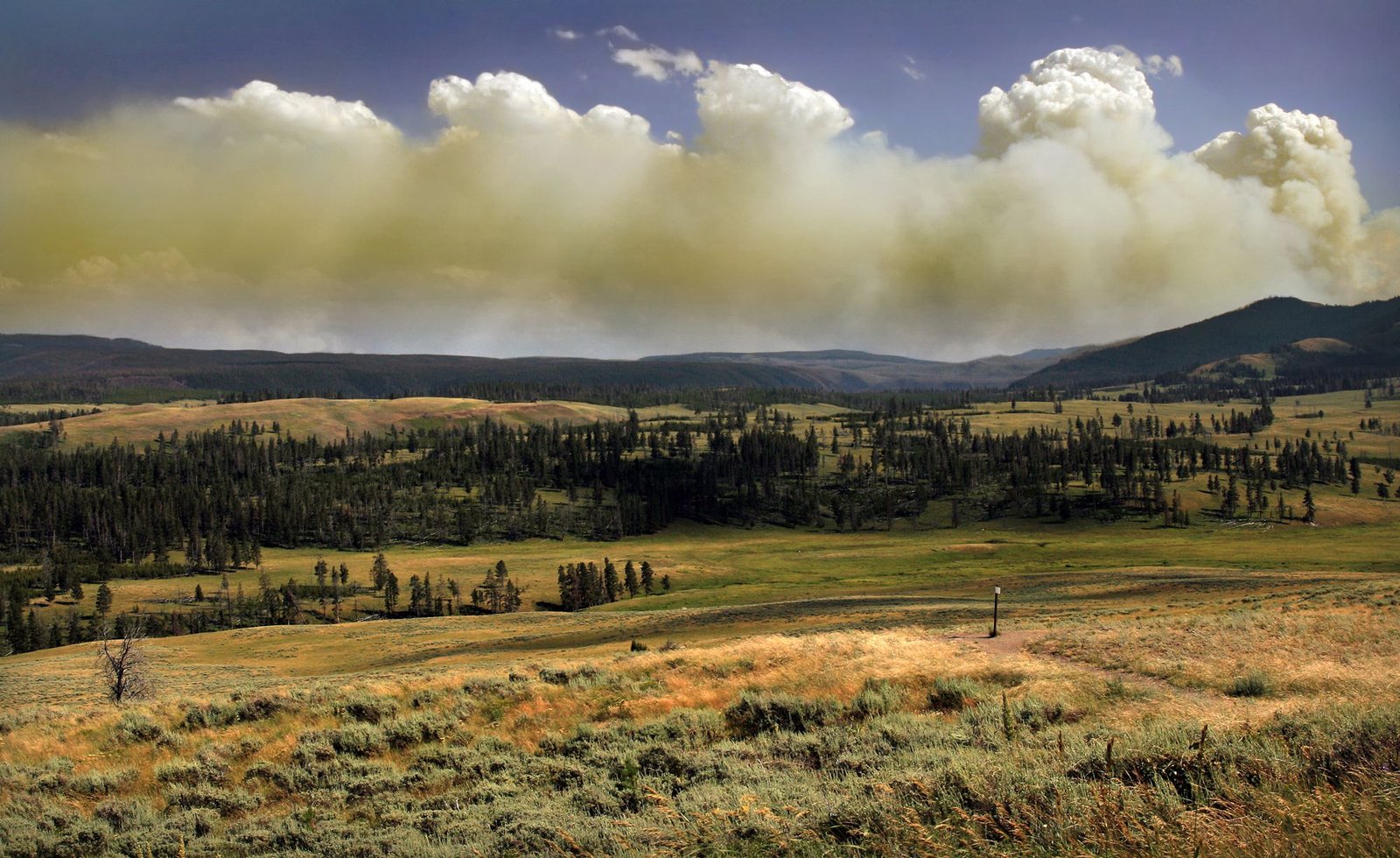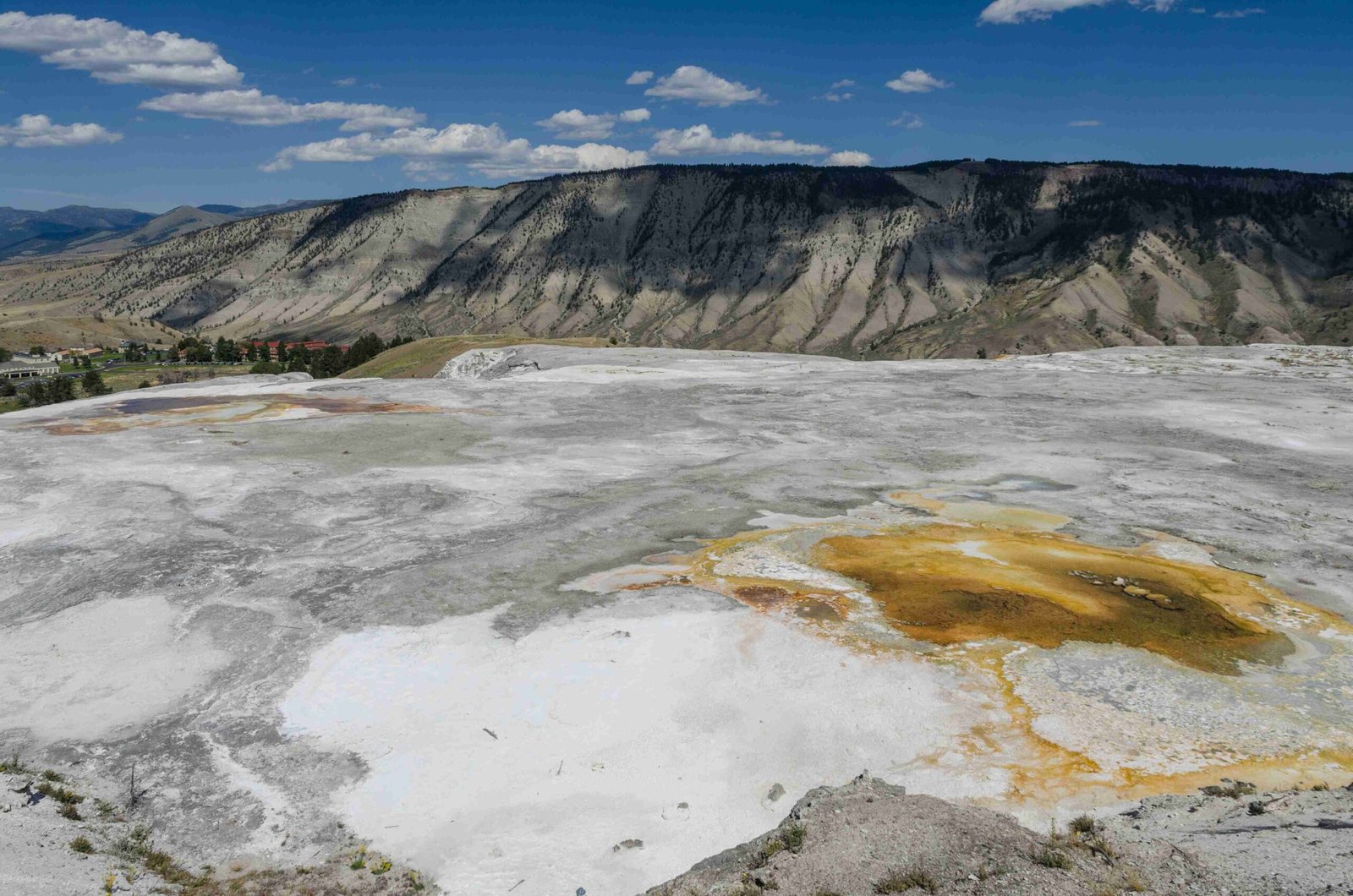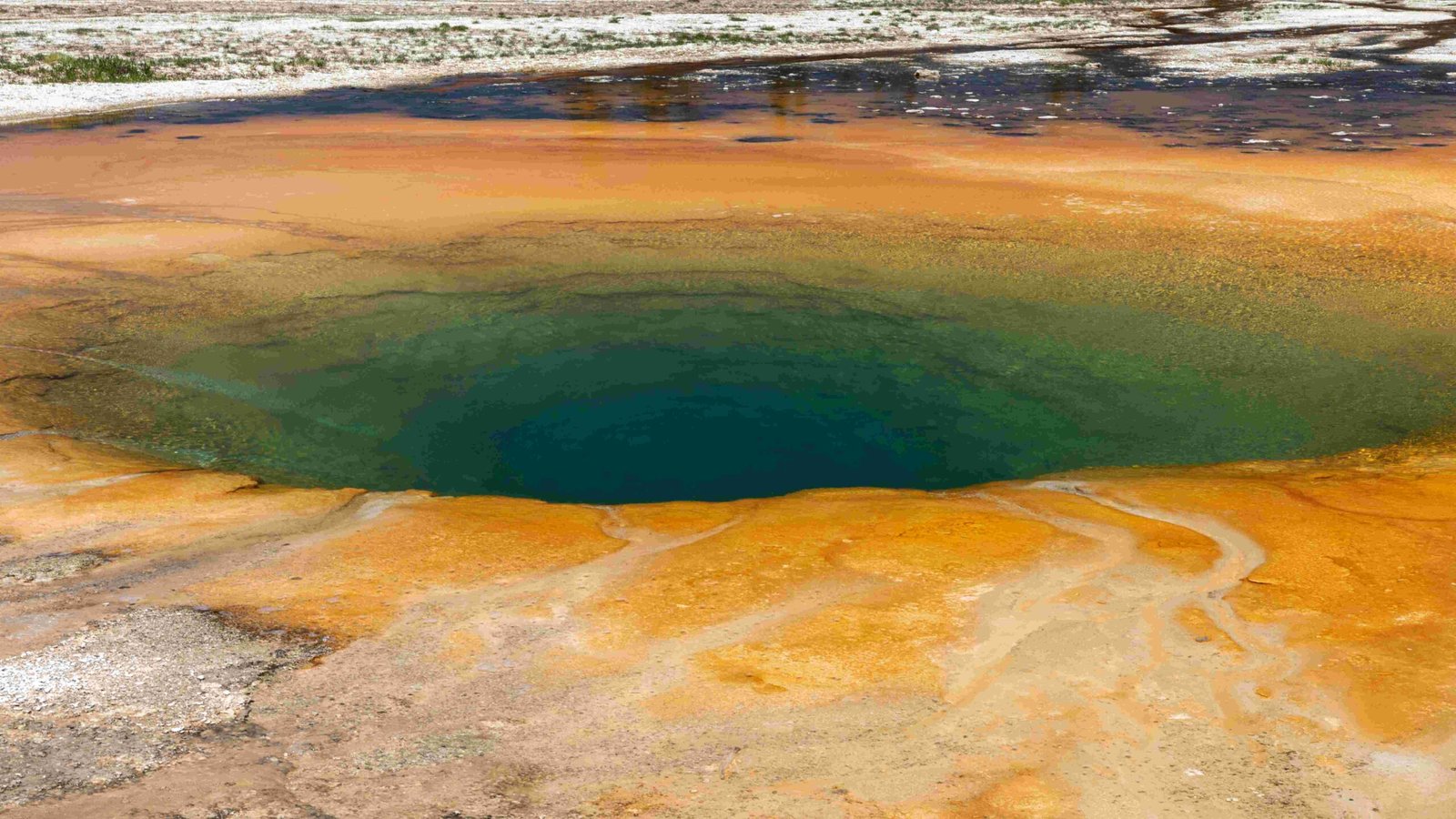Yellowstone National Park is a unique ecosystem that serves as a living laboratory for environmental science. Its diverse landscapes, abundant wildlife, and geothermal features make it an ideal location for studying complex ecological interactions, climate change impacts, and conservation strategies. This article explores the various aspects of environmental science in Yellowstone, including biodiversity, ecosystem monitoring, and current research initiatives.
What is the Biodiversity of Yellowstone National Park?

Yellowstone National Park boasts an impressive array of plant and animal species, making it a hotspot for biodiversity studies. The park’s varied habitats support a wide range of life forms, from microscopic organisms to large mammals.
Plant Diversity
- Over 1,350 species of vascular plants
- 1,150 native flowering plant species
- 186 exotic plant species
Animal Diversity
- 67 mammal species
- Nearly 300 bird species
- 16 fish species
- 5 amphibian species
- 6 reptile species
The park’s biodiversity is not just about numbers; it’s about the intricate relationships between species and their environment. For example, the reintroduction of wolves in the mid-1990s has had far-reaching effects on the entire ecosystem, demonstrating the concept of trophic cascades.
How Does Yellowstone’s Ecosystem Function?

Yellowstone’s ecosystem is a complex web of interactions between living organisms and their physical environment. The park’s unique geological features, including its famous geothermal areas, play a crucial role in shaping the ecosystem.
Key Ecosystem Components
- Geothermal features (geysers, hot springs, mud pots)
- Forests (predominantly lodgepole pine)
- Grasslands and sagebrush steppe
- Rivers and lakes
- Alpine areas
These diverse habitats are interconnected, creating a mosaic of ecosystems that support the park’s rich biodiversity. For instance, the thermal features provide unique environments for thermophilic bacteria, which form the base of a specialized food web.
What Are the Major Environmental Challenges Facing Yellowstone?
Despite its protected status, Yellowstone faces several environmental challenges that require ongoing research and management.
-
Climate Change: Rising temperatures and changing precipitation patterns are affecting plant and animal distributions, as well as the timing of seasonal events.
-
Invasive Species: Non-native plants and animals can disrupt native ecosystems and compete with native species for resources.
-
Human Impact: Increasing visitation and development in surrounding areas can lead to habitat fragmentation and wildlife disturbance.
-
Wildfire Management: Balancing natural fire regimes with human safety and resource protection is an ongoing challenge.
-
Water Quality: Maintaining the health of Yellowstone’s aquatic ecosystems in the face of climate change and other stressors is crucial.
How is Environmental Science Research Conducted in Yellowstone?
Environmental science research in Yellowstone employs a variety of methods and technologies to study the park’s complex ecosystems.
Research Methods
- Field surveys and observations
- Remote sensing and GIS mapping
- Genetic studies
- Radio telemetry for wildlife tracking
- Long-term ecological monitoring
Current Research Initiatives
- Wolf-Prey Dynamics: Studying the impacts of wolf reintroduction on elk populations and vegetation patterns.
- Grizzly Bear Recovery: Monitoring grizzly bear populations and habitat use to support conservation efforts.
- Aquatic Ecosystem Health: Assessing the impacts of climate change on fish populations and water quality.
- Geothermal Microbiology: Investigating unique microbial communities in hot springs and their potential applications.
- Fire Ecology: Examining the role of fire in shaping forest ecosystems and developing management strategies.
What Role Does Yellowstone Play in Global Environmental Science?
Yellowstone National Park serves as a natural laboratory for studying ecosystem processes and conservation strategies that have global relevance.
Global Significance
- Climate Change Research: Yellowstone’s long-term datasets provide valuable insights into the effects of climate change on temperate ecosystems.
- Conservation Model: The park’s management strategies, such as wolf reintroduction, offer lessons for ecosystem restoration worldwide.
- Geothermal Studies: Research on Yellowstone’s thermal features contributes to our understanding of geothermal processes and extremophile biology.
- Biodiversity Conservation: The park’s efforts to maintain genetic diversity in isolated populations (e.g., bison) inform global conservation practices.
How Can Visitors Contribute to Environmental Science in Yellowstone?
Visitors to Yellowstone can play a role in supporting environmental science and conservation efforts in the park.
Ways to Contribute
- Citizen Science: Participate in programs like wildlife counts or invasive species monitoring.
- Responsible Visitation: Follow park guidelines to minimize impact on sensitive ecosystems.
- Education: Learn about the park’s ecosystems and share knowledge with others.
- Support Research: Donate to organizations funding scientific research in Yellowstone.
- Volunteer: Join park-sponsored volunteer programs to assist with research and conservation projects.
By engaging visitors in environmental science, Yellowstone not only enhances its research capabilities but also fosters a deeper appreciation for the natural world and the importance of conservation.

